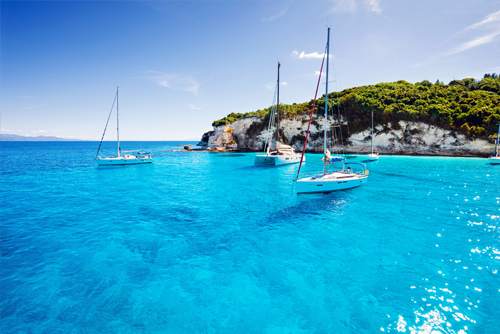
As part of your learn to sail program you will explore passage plan, A passage plan is a crucial document for any sailing or boating trip, especially for coastal passages where there can be a mix of navigational challenges, including varying depths, currents, traffic, and weather conditions. Following is a step-by-step guide on how to write a passage plan for a coastal passage:
Gather Information:
- Start by collecting all the necessary information for your passage. This includes charts, tide tables, current information, weather forecasts, and any relevant pilot books or cruising guides for the coastal area you will be navigating.
Define the Passage Objectives:
- Clearly state the objectives of your passage, including your destination, estimated time of arrival, and any specific goals or milestones you want to achieve during the trip.
Vessel and Crew Details:
- List essential information about your vessel, including its name, type, length, draft, and engine details.
- Include a crew list with names, roles, and contact information.
Route Planning:
- Identify your intended route on the charts, taking into account navigational hazards, shallow areas, navigational markers (buoys and beacons), and safe harbor options along the way.
- Consider waypoints or checkpoints along your route to help with navigation and track your progress.
Weather and Tides:
- Review the weather forecast for the duration of your passage, including wind direction and speed, wave height, and any expected weather changes.
- Consult tide tables to plan your passage with the tides in mind, especially if you need to navigate shallow or narrow channels.

Contingency Plans:
- Develop contingency plans for adverse weather conditions, equipment failures, medical emergencies, or other unexpected situations.
- Identify alternative anchorages or safe havens where you can seek shelter if necessary.
Safety Measures:
- Detail safety measures and procedures to follow during the passage, including man-overboard drills, radio communication protocols, and emergency contact information.
- Ensure all safety equipment is in good working order and easily accessible.
Navigation Instruments:
- List the navigation instruments you’ll be using, such as GPS, compass, and radar. Ensure they are calibrated and functioning correctly. We run courses as part of the learn to sail series that will teach you about essentials of navigation as they relate to your local area.
Communication Plan:
- Describe your communication plan, including how often you will check in with shore authorities or friends/family, and the radio frequencies or channels you will use for communication.
Watch Schedule:
- If you have multiple crew members, outline the watch schedule to ensure that someone is always on watch, especially during night passages.
Logbook and Record-Keeping:
- Include a section for maintaining a logbook during the passage, where you record important information such as positions, weather conditions, and course changes.
Navigation Rules and Regulations:
- Familiarize yourself with and include any relevant navigation rules and regulations for the area you’ll be sailing in, including COLREGs (International Regulations for Preventing Collisions at Sea).
Review and Approval:
- Once you’ve completed your passage plan, review it carefully with all crew members. Make sure everyone understands their roles and responsibilities.
- Obtain input from experienced sailors or instructors if available and consider their advice.
Document Storage:
- Keep your passage plan and all relevant documents in a waterproof and easily accessible location on your boat.
Continuous Monitoring:
- Throughout the passage, continuously monitor your progress, weather conditions, and any changes to your plan. Be prepared to adjust your plan if necessary to ensure safety.
Remember that a well-prepared passage plan is a dynamic document that may require adjustments as conditions change. Safety should always be your top priority, and good planning helps ensure a safe and enjoyable coastal passage.
If you would like to access our free resource and obtain a template passage planning tool please request a copy on this link.

